Colonial Quito
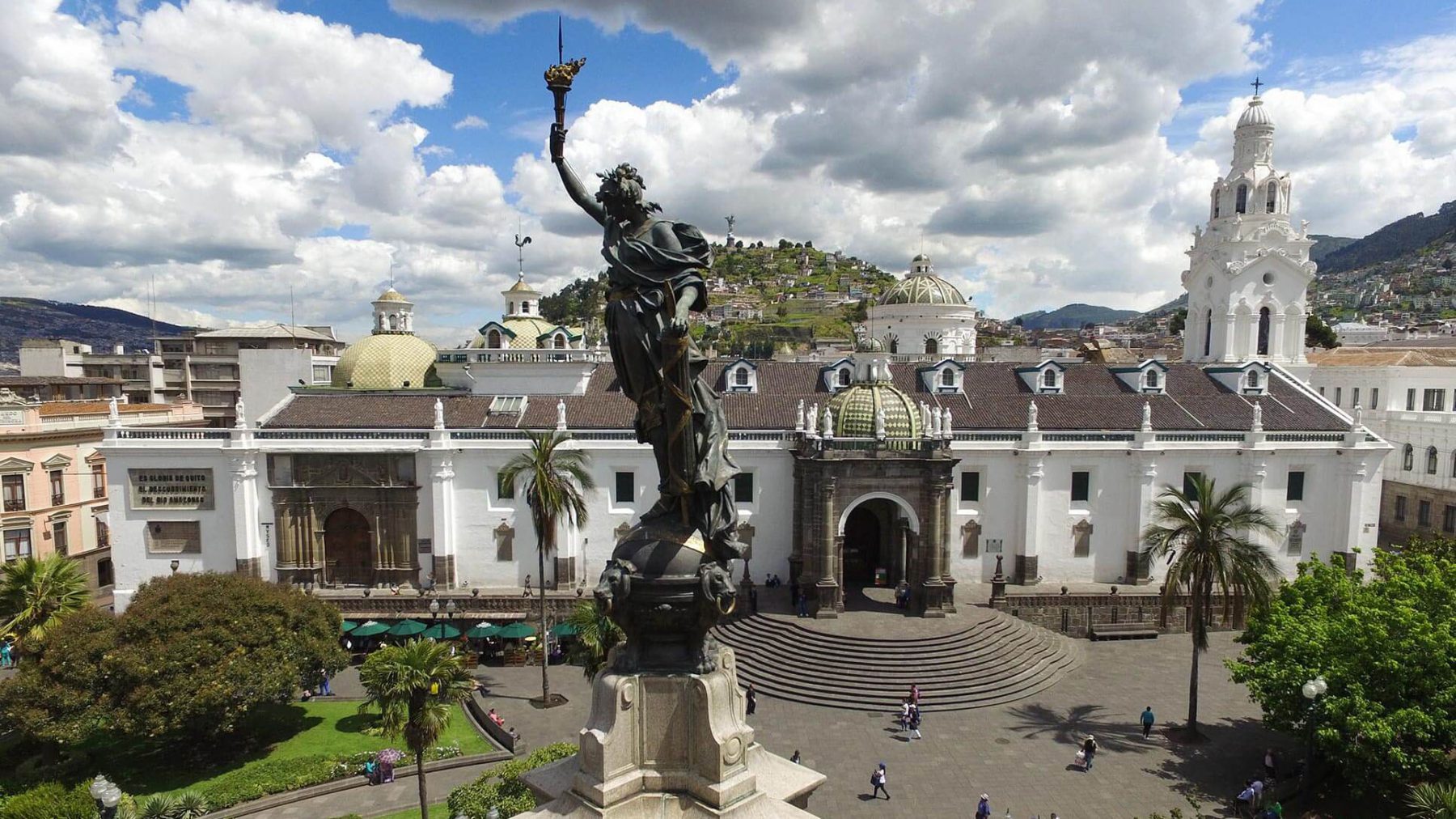
[:en]Quito was the first UNESCO’s World Cultural Heritage site declared in 1978. It displays the largest colonial town of the Americas with an eclectic architecture ranging from the modern quarters to varied colonial facades on churches and private residences decorated and balconies built along the last five centuries. See the gothic Basilica del Voto Nacional and the Independence Square flanked by the Presidential and the Archbishop’s palaces dated back to XVII and XIX centuries. Share the spirit of Quito by walking to the Metropolitan Cathedral with excellent samples of the Spanish Renaissance. Visit the so-called street of the Seven Crosses and pass by the Jesuit convent, El Sagrario church with a unique orthodox cross lay outdated back to the seventeenth century and the jewel of the crown.
Visit the Jesuit temple of the baroque art in the Americas La Compañía de Jesús, and the jewel of the crown of the colonial architecture in Quito, continue to the Plaza of San Francisco which is a temple and convent, displaying a rich sample of artistic and cultural heritage.
Take a panoramic shot from the Panecillo Hill one of the highest points in the old town Quito.
* There could be visit restrictions to the churches mentioned above due to religious services, alternatives will be visited instead.[:es]Quito fue el primer sitio declarado como Patrimonio Cultural de la Humanidad de la UNESCO en 1978. Se exhibe la ciudad colonial más grande de las Américas con una arquitectura ecléctica que abarca desde los barrios modernos a fachadas coloniales variadas en iglesias y residencias privadas decoradas y balcones construidos a lo largo de los últimos cinco siglos. Visite la Basílica Gótica del Voto Nacional y la Plaza de la Independencia, flanqueada por el Palacio Presidencial y del Arzobispado, datan de los siglos XVII y XIX. Comparta el espíritu de Quito caminando hacia la Catedral Metropolitana con excelentes muestras del Renacimiento español. Visite la llamada calle de las Siete Cruces y pasa junto al convento de los jesuitas, la iglesia de El Sagrario con una cruz ortodoxa única que data del siglo XVII. Visite el templo jesuita del arte barroco en América La Compañía de Jesús, y la joya de la corona de la arquitectura colonial en Quito, continúe hasta la Plaza de San Francisco, que es un templo y convento, que muestra una rica muestra de arte y patrimonio cultural.
Tome una foto panorámica desde el Panecillo, uno de los puntos más altos en el casco antiguo de Quito.
* Podría haber restricciones de visita a las iglesias mencionadas anteriormente debido a servicios religiosos, en su lugar se visitarán lugares alternos.[:]
Ecuador Tours Categories
Ecuador Tour Packages
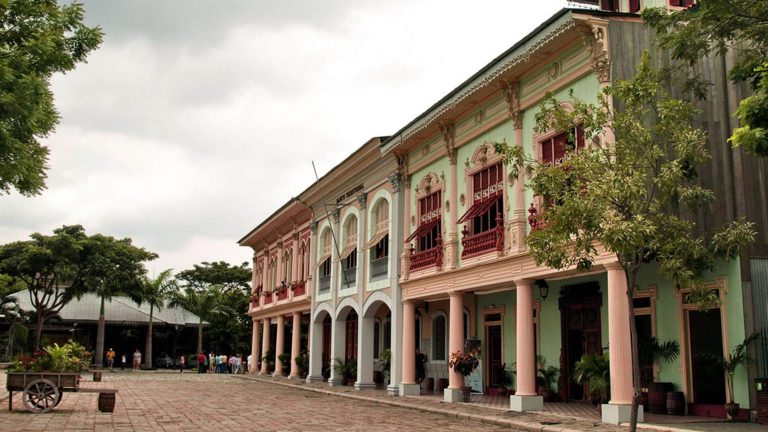
Guayaquil & The Historic Park
View moreSacha Lodge
View more
Highlights of Ecuador & descending to the Coast
View more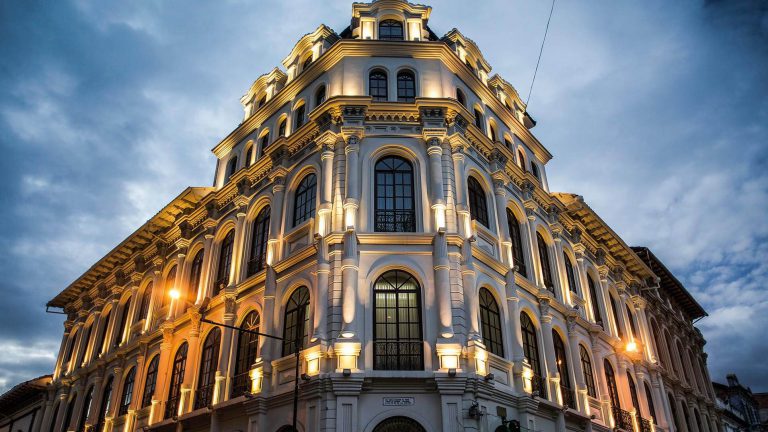
Cultural Cuenca & its Handicrafts
View more
Highlander: Otavalo & Across The Andes to Cuenca
View more
Mindo Orchids & Birdwatching within Cloud Forest –Alambi
View more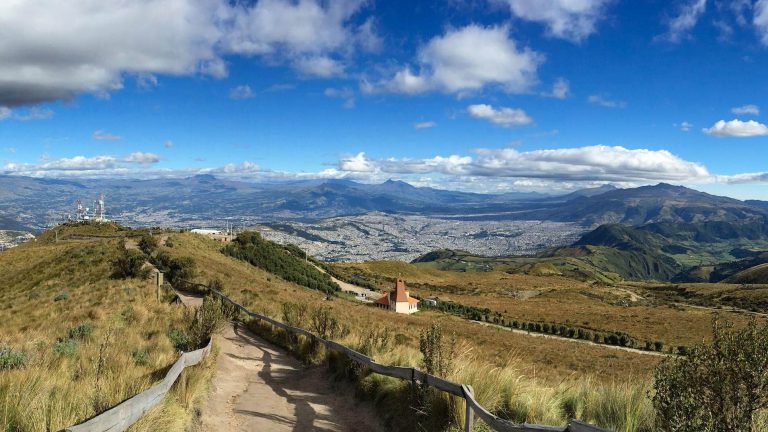
Family Themed Parks
View more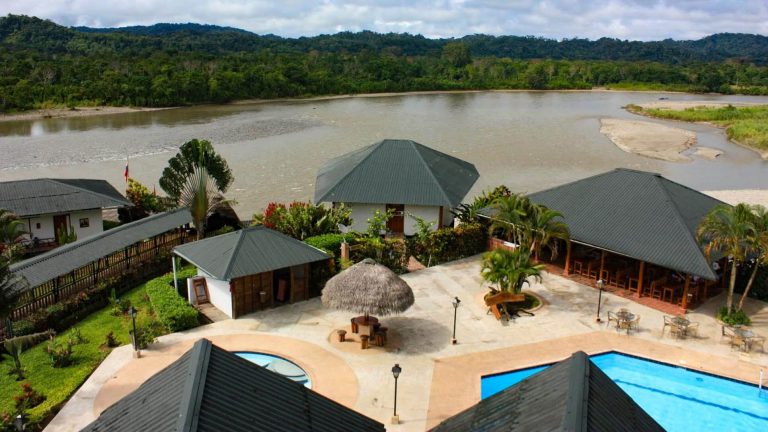
Casa del Suizo
View more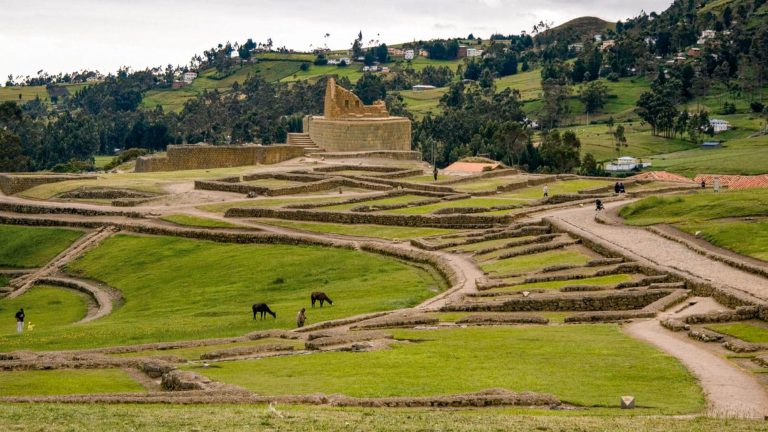
Cuenca, its Traditions & Ruins
View more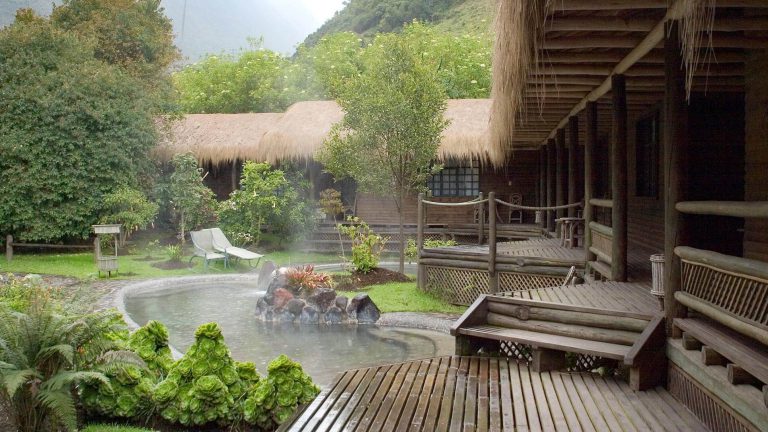
Papallacta Hot Springs & Antisana Ecological Reserve
View more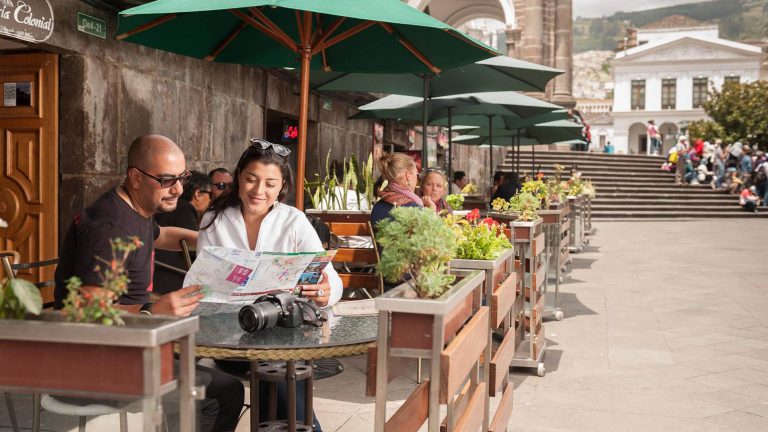
Quito - Wine & Roses
View more
Transfer IN or OUT (Airport - Hotel or vice versa)
View more
Guayaquil & Botanical Garden
View more
Northern Andes, Otavalo, “Chaski Route” & Train
View more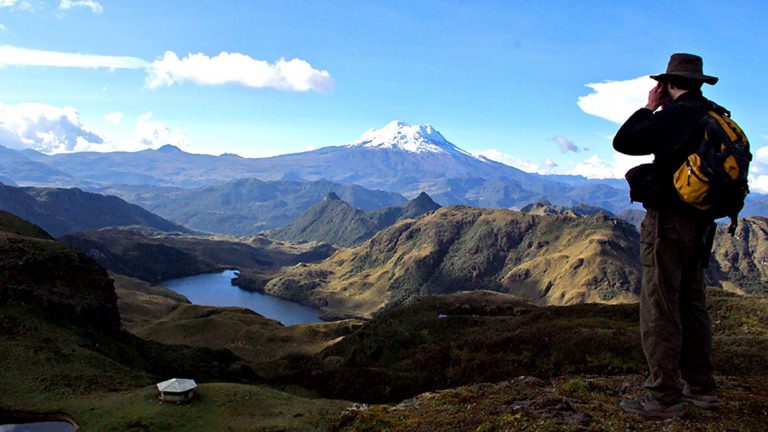
Volcanoes, The Highest Andes & Indigenous Communities
View more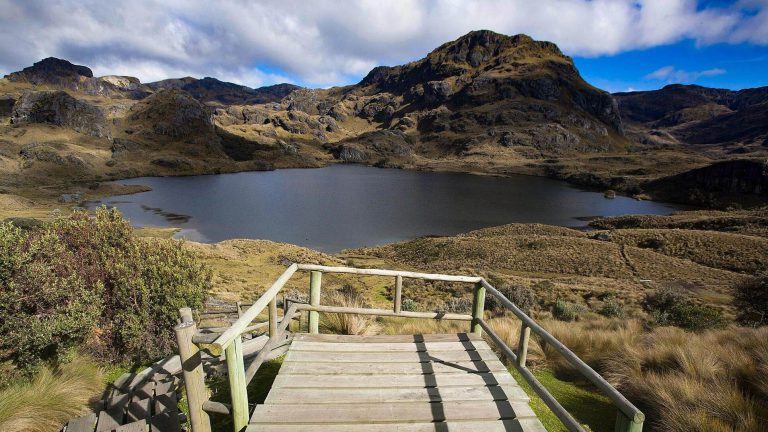
Pathway through The Andes & Baños descending to the coast
View more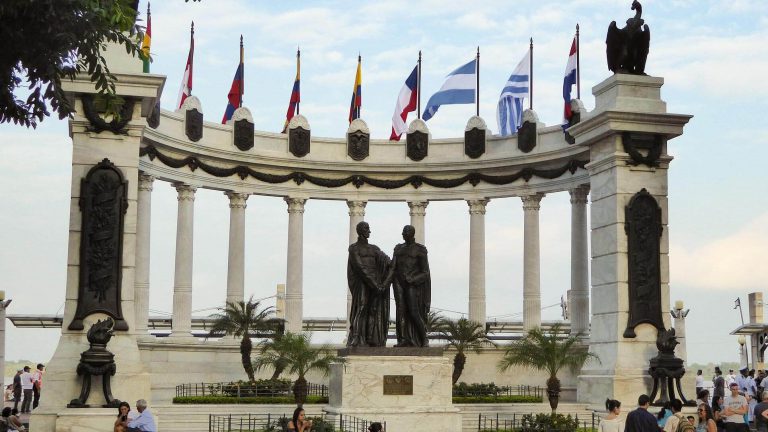
City Pack Guayaquil
View more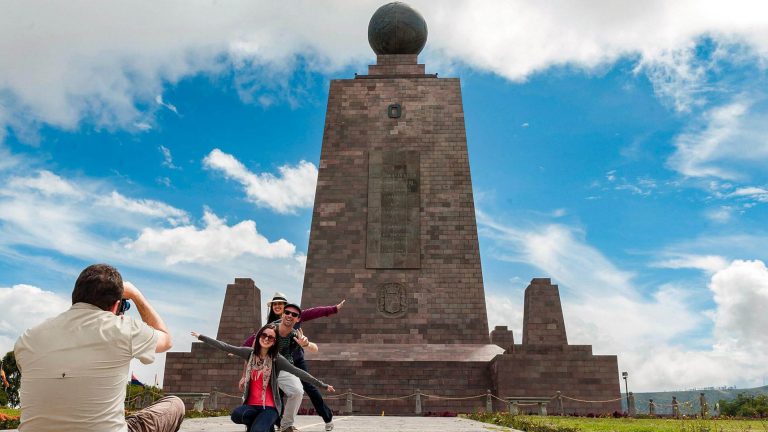
Colonial Quito & Dinner
View more
Otavalo Indigenous Market – Chaski Route & Liberty Train
View more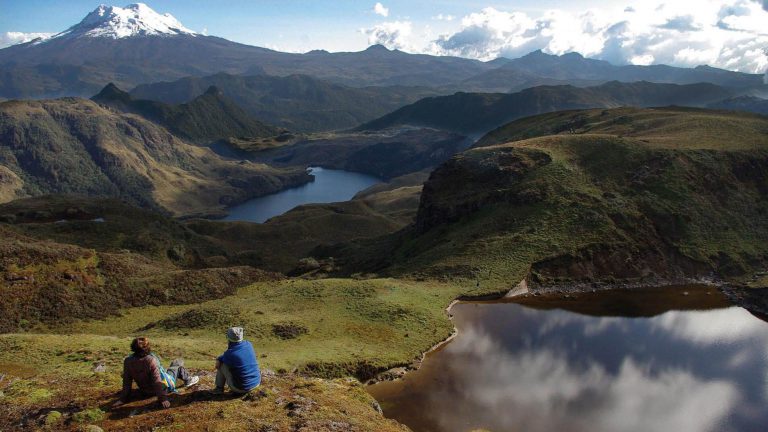
Antisana - Home of the Andean Condor
View more
INCA - Cañari Ruins of Ingapirca
View more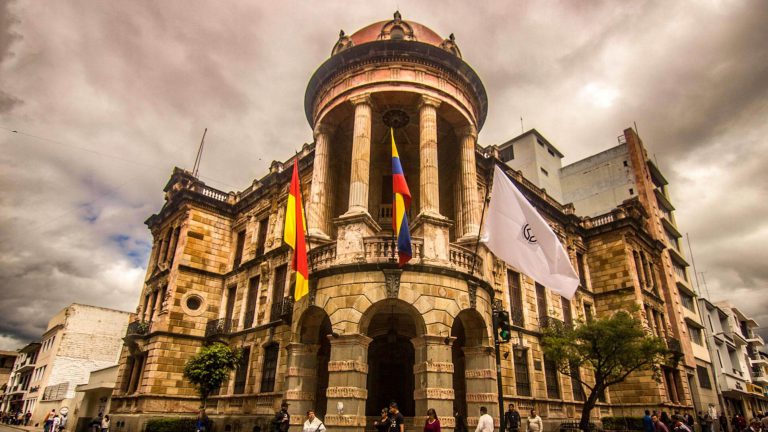
Colonial Cuenca & its Museums
View more
Otavalo Wellness (Only for groups)
View more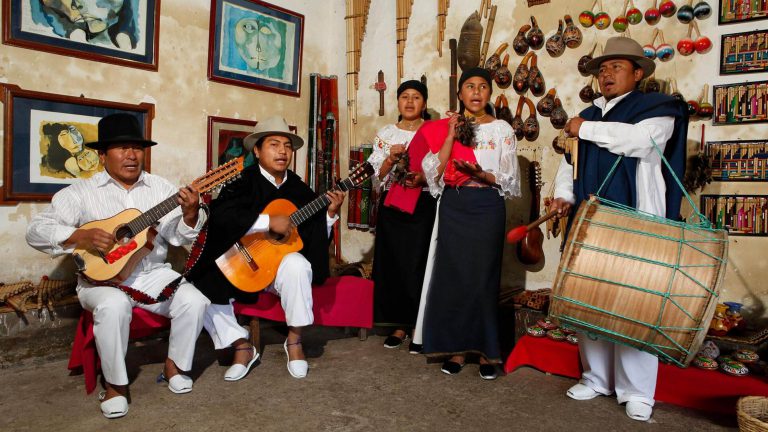
Otavalo indigenous community & Chaski Route
View more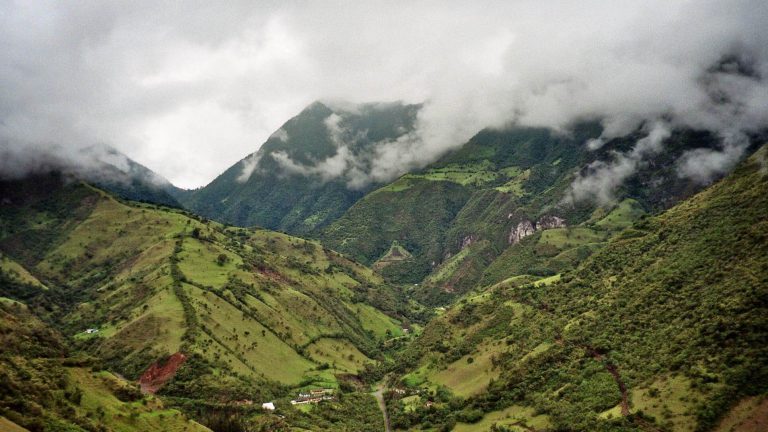
Chaski Route –– Mindo Cloud Forest –– Middle of the World Complex
View more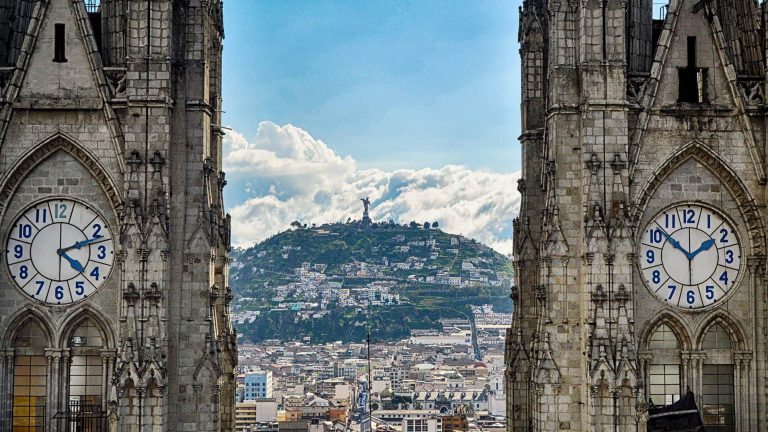
Colonial Quito, Middle of the World & lunch
View more
Transfer IN or OUT (Airport - Hotel or vice versa)
View more
Otavalo Indigenous Market
View more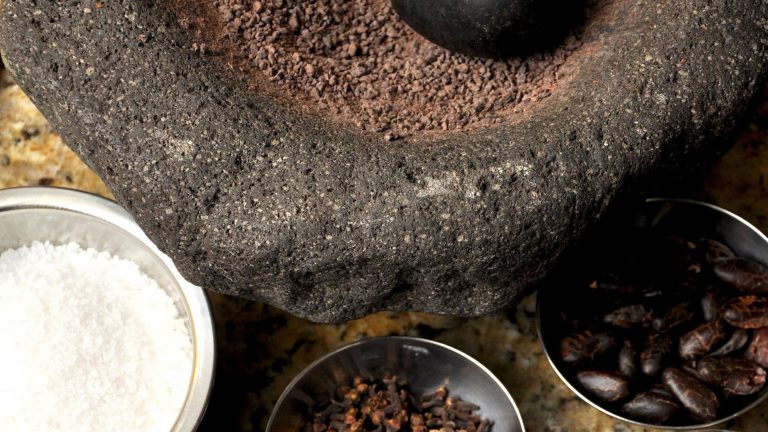
Mindo – chocolate, cacao & coffe tours
View more
Cuenca – Sigsig – Gualaceo – Chordeleg – Orchid farm
View more
Chaski Route & Otavalo treasures
View more
Papallacta Hot Springs
View more
Pathway through The Andes & Baños
View more
El Cajas National Park & its lagoons
View more
Quito traditional & its Gastronomy
View more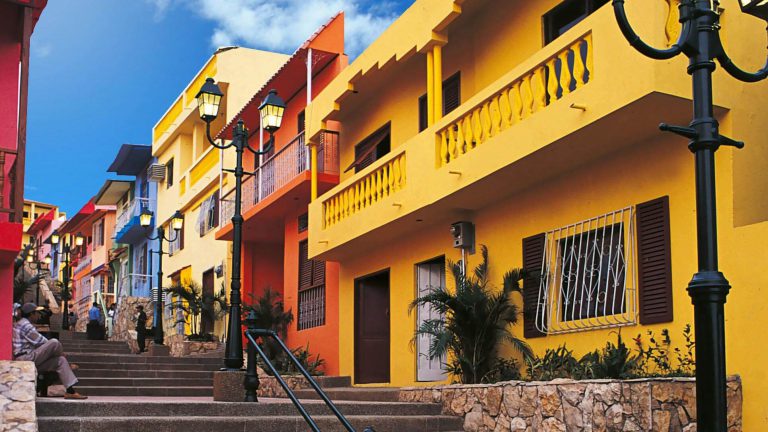
Guayaquil & Its Museums
View more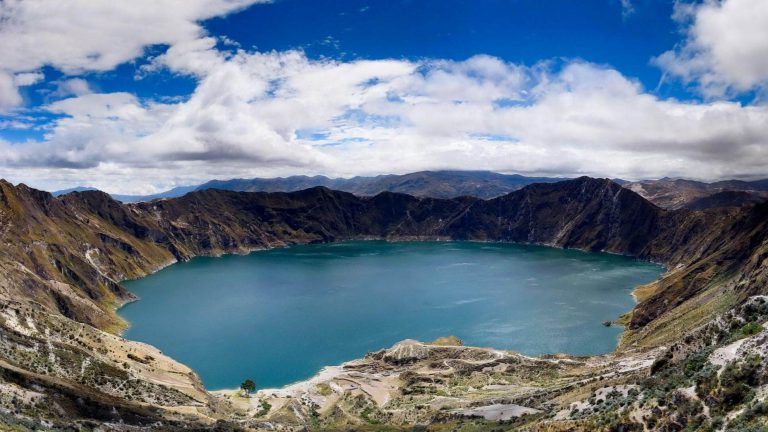
Cotopaxi National Park & Quilotoa Lagoon
View more
Peru Express
View more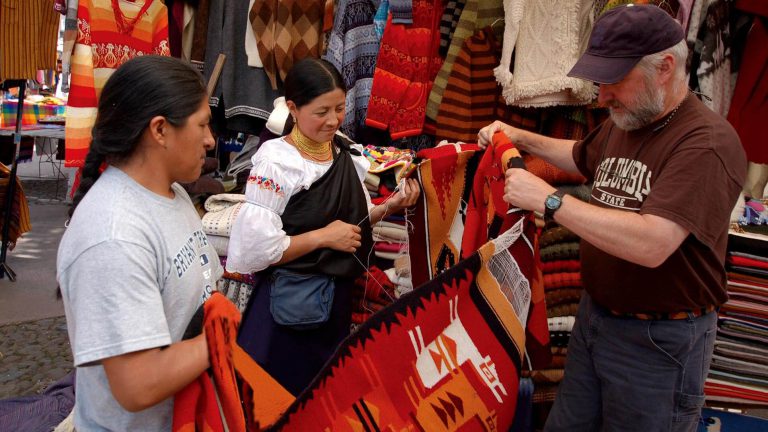
Otavalo & Karanki Magdalena Community Cultural Connection
View more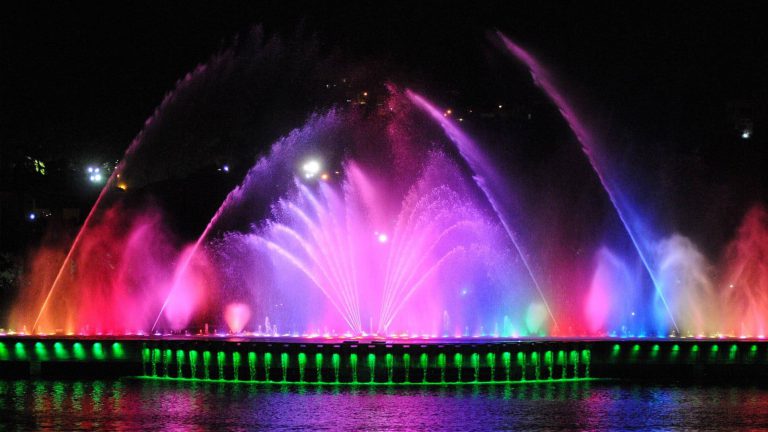
Guayaquil and its fountain lights
View more
Colonial Quito & Middle of the World Complex
View more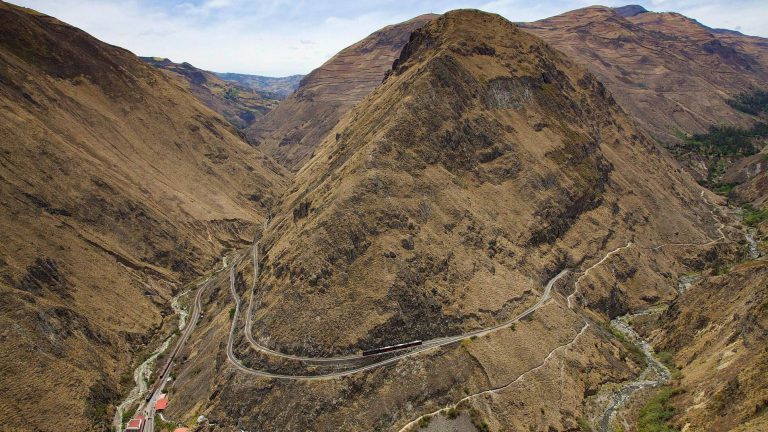
Pathway through the Andes from the Pacific Coast
View more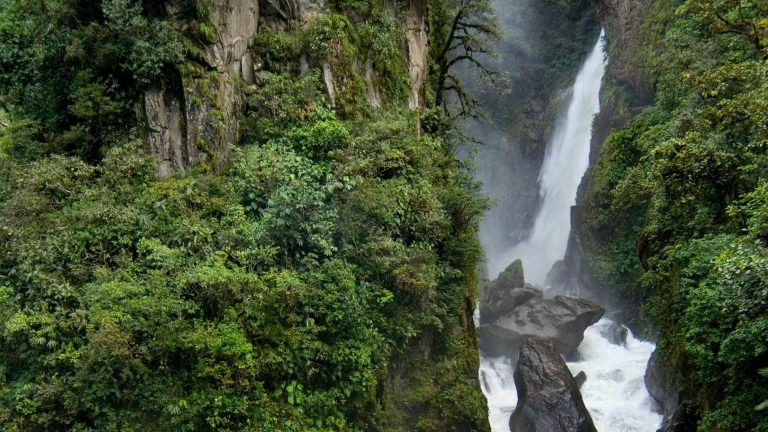
Baños - Gateway to the Amazon
View more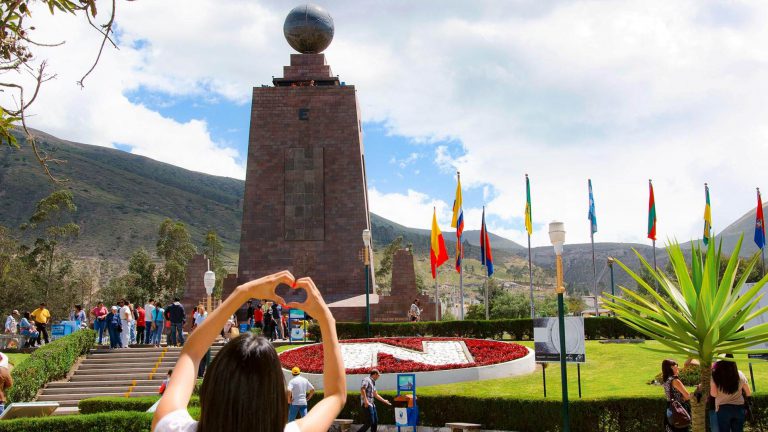
Quito & its Highlights
View more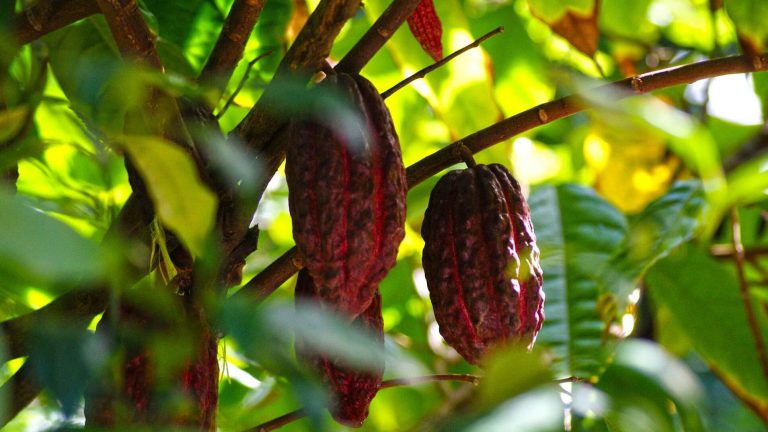
Tropical Hacienda & its Flora and Fauna
View more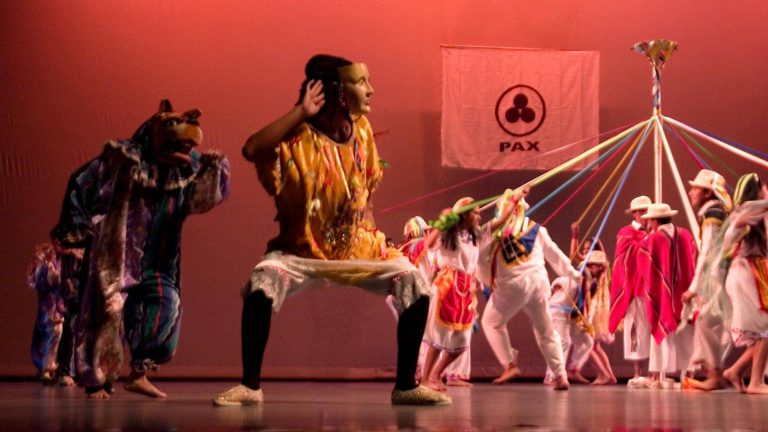
Folkloric show & Legend at night - JACCHIGUA BALLET
View more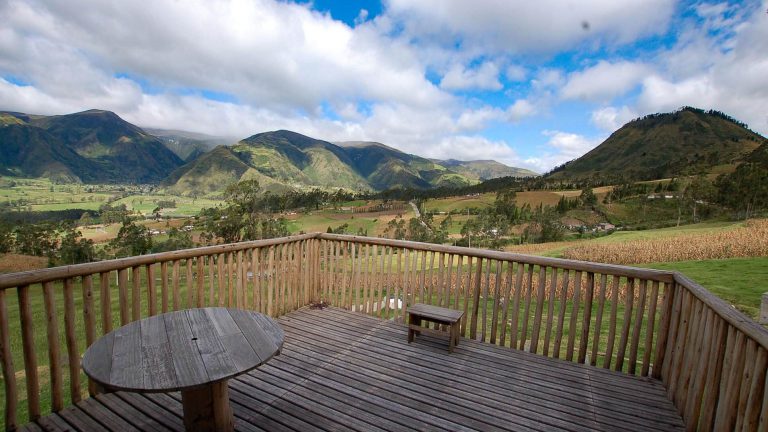
Volunteer Program at the Karanki Magdalena Community
View more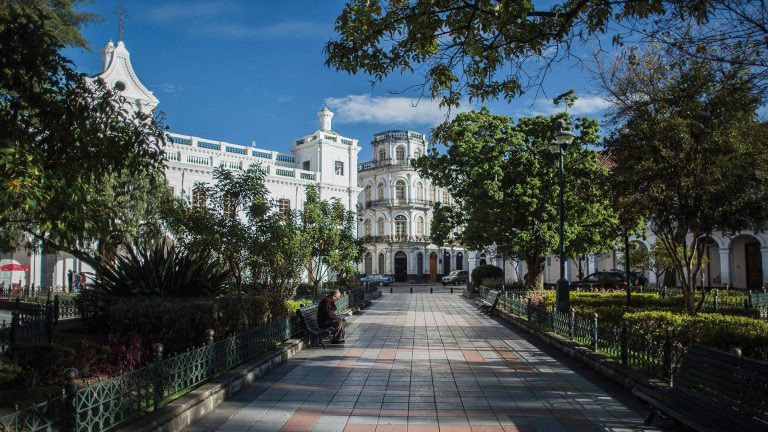
City Pack Cuenca
View more
Highlander: Otavalo & across The Andes to the Coast
View more
City Pack Quito
View more
Quito Transfer IN (Airport - Hotel)
View more

